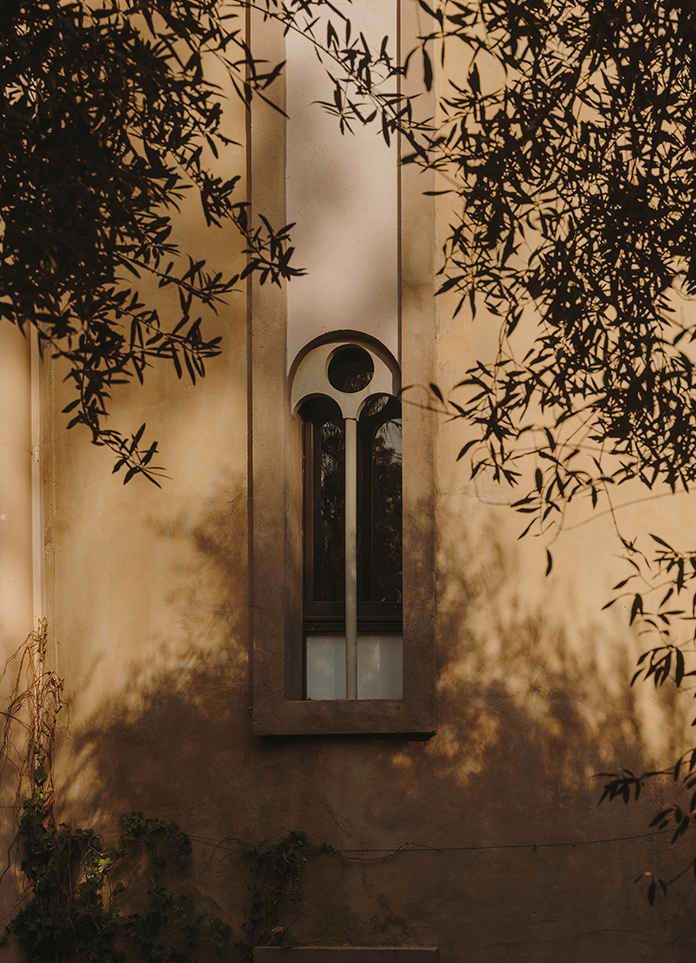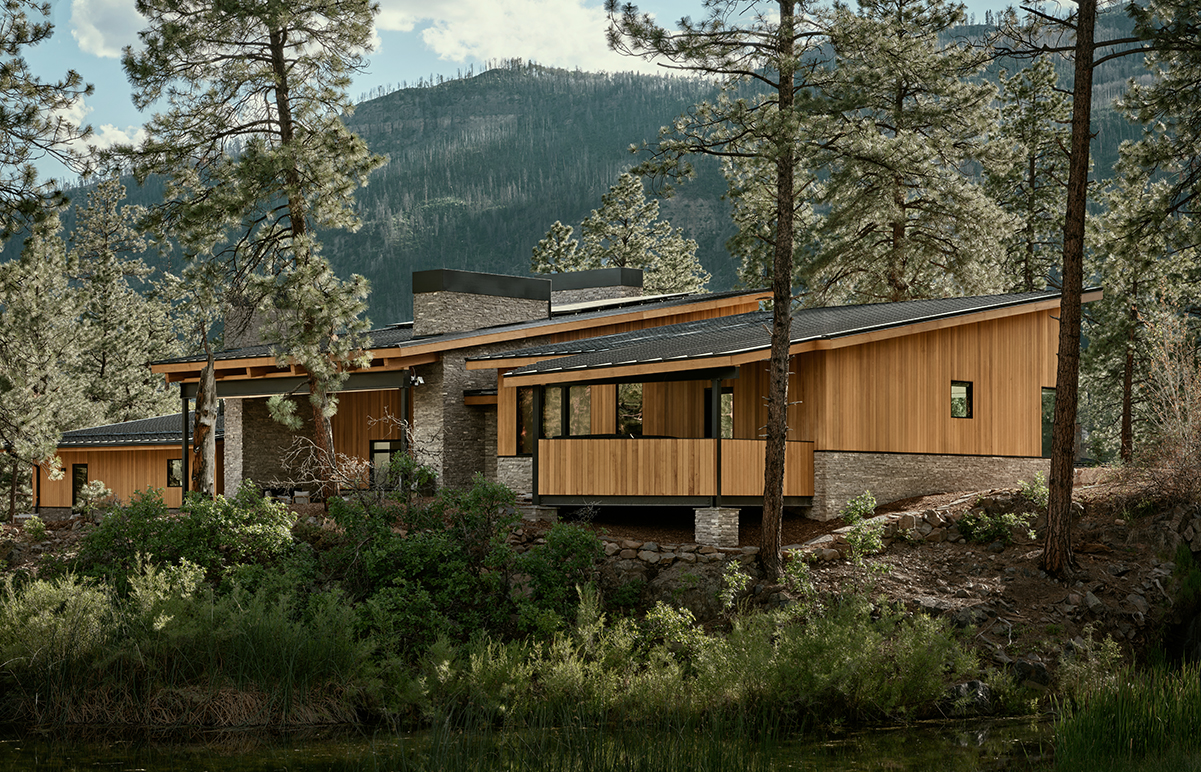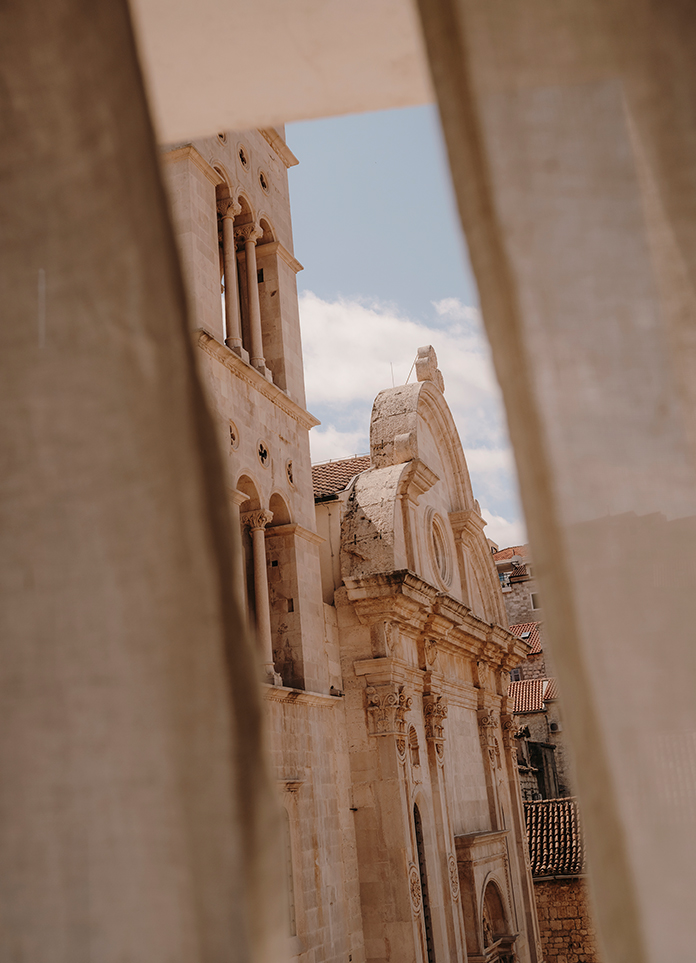
A Cartier store in Osaka, Japan, designed by local design studio Klein Dytham Architecture. In order to create an environmentally conscious structure, the studio's main choice of materials was renewable and recyclable resources, combined with the use of local craftsmanship. The use of local design techniques was the focus of the design, for which the studio worked with local craftsmen and carpenters to pay more attention to detail in the design.
The store is situated on a corner of Shinsaibashi – the city's main shopping district – and shares an intersection with Apple, Nike and Burberry.The wooden facade wraps around the angled corner of the existing building, introducing a warm and textured element to the streetscape.An entrance and windows on two sides were placed within double-height arches that allow views of both of the store's floors.
The facade is made from hinoki – a species of cypress native to central Japan. The wood is associated with the construction of historic temples, shrines and castles and was chosen for this project because of its warm tones.The new facade is squeezed into a 200-millimetre zone between the existing building and the boundary line. A framework made from recycled aluminium was erected to attach the hinoki panels to the structure.The use of recycled metal and domestically sourced timber is intended to emphasise the project's sustainable credentials.
Craftsmanship was another key focus for the project, which aims to reference the jewellery brand's artisanal approach as well as evoking Japan's history of traditional crafts.The facade, skirting and arched window details comprise more than 2,500 units handcrafted by Kyoto master carpenters using traditional joinery techniques.
Seasoned hinoki wood from 60 to 70-year-old trees was used to produce slightly protruding diamonds in 12 different shapes. The wood, which is naturally stable and weather resistant, was treated with a clear lacquer to provide enhanced UV resistance.Individual LED lights positioned behind each unit illuminate the structure at night, producing a pattern of light and shadow that becomes more distinct as dusk gathers.
- Architect: Klein Dytham Architecture
- Words: Qianqian












